Home>Articles>How Long To Cook Shrimp On George Foreman Grill
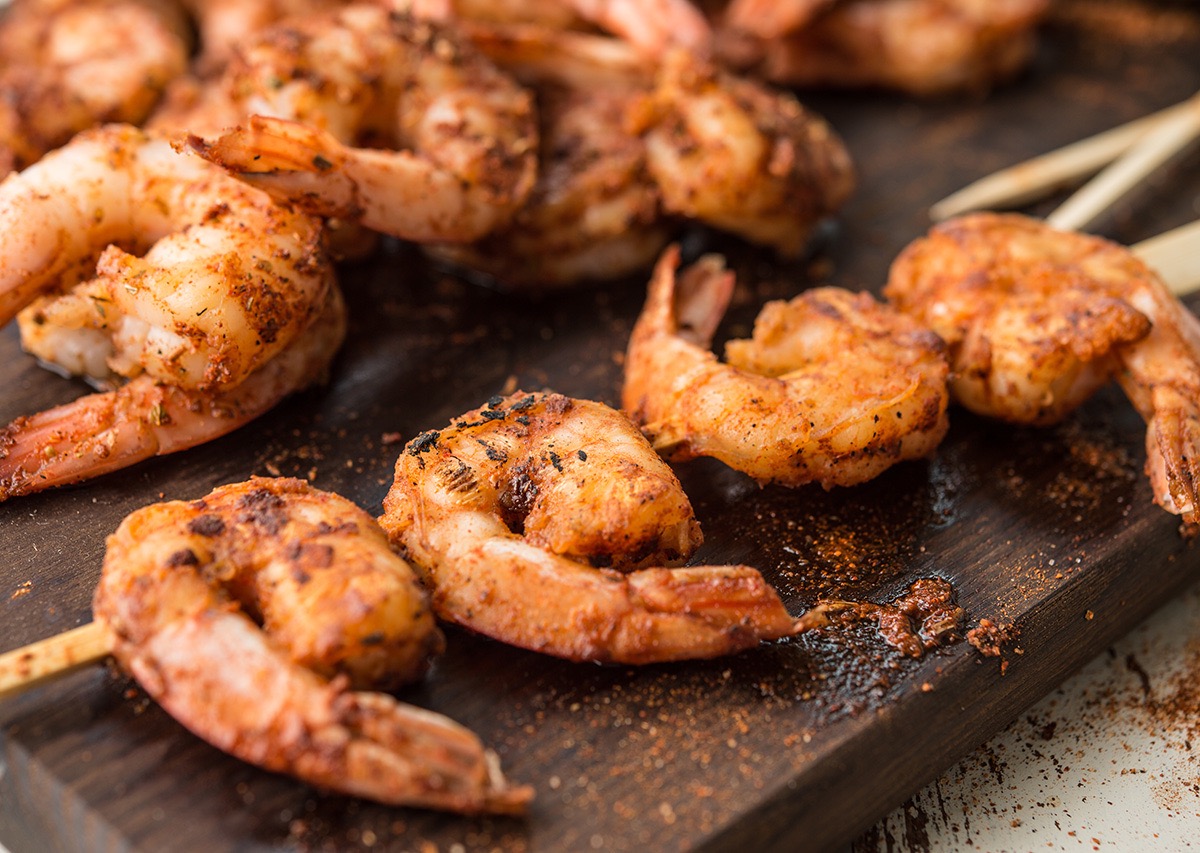

Articles
How Long To Cook Shrimp On George Foreman Grill
Modified: December 7, 2023
Looking for articles on how long to cook shrimp on a George Foreman grill? Find all the information you need to cook delicious shrimp in no time!
(Many of the links in this article redirect to a specific reviewed product. Your purchase of these products through affiliate links helps to generate commission for Storables.com, at no extra cost. Learn more)
Introduction
Welcome to this comprehensive guide on how to cook shrimp on a George Foreman grill. If you’re a seafood lover and enjoy the convenience of grilling indoors, then you’re in for a treat. The George Foreman grill is a versatile kitchen appliance that can not only cook delicious steaks and chicken but also perfectly grill shrimp.
Grilling shrimp on a George Foreman grill is a quick and easy way to enjoy succulent, flavorful seafood without the need for an outdoor grill. Whether you’re cooking shrimp for a weeknight dinner or preparing a tasty appetizer for a gathering, this cooking method will leave you with perfectly grilled shrimp every time.
In this guide, we’ll walk you through the steps of preparing the shrimp, preheating the grill, cooking the shrimp, and checking for doneness. We’ll also share tips on how to clean the George Foreman grill after use. So let’s dive in and discover how long to cook shrimp on a George Foreman grill!
Key Takeaways:
- Grilling shrimp on a George Foreman grill is a quick and easy way to enjoy succulent, flavorful seafood without the need for an outdoor grill. Follow the simple steps to prepare, cook, and enjoy perfectly grilled shrimp every time!
- After grilling, get creative with serving options like skewers, tacos, salads, or pasta dishes to elevate the deliciousness of your perfectly grilled shrimp. Don’t forget to properly clean your George Foreman grill for its longevity and performance.
Preparing the Shrimp
Before you start grilling the shrimp, it’s essential to properly prepare them to ensure a delicious outcome. Here are the steps to follow:
- Choose the right shrimp: Opt for fresh or thawed shrimp for the best flavor. Look for shrimp that are firm, translucent, and have a mild smell of the sea.
- Peel and devein: If your shrimp are not already peeled and deveined, you’ll want to take care of this step. Use a sharp knife or shrimp deveiner to remove the shell and the dark vein running along the back of the shrimp. Rinse the shrimp under cold water to remove any grit.
- Pat dry: Use a paper towel to gently pat the shrimp dry. This will help the seasoning adhere better and promote even cooking.
- Seasoning: Now it’s time to add flavor to your shrimp. You can keep it simple by seasoning with salt, pepper, and a squeeze of lemon juice. Alternatively, you can use a marinade or a dry spice rub to infuse the shrimp with additional flavors.
- Marinating (optional): If you prefer a more intense flavor, you can marinate the shrimp for about 15-30 minutes before grilling. Combine your choice of marinade ingredients, such as garlic, herbs, and lemon juice, in a bowl, then add the shrimp and toss to coat. Make sure to refrigerate the shrimp during marinating.
Once you’ve prepared the shrimp, it’s time to move on to the next step – preheating your George Foreman grill.
Preheating the George Foreman Grill
Preheating the George Foreman grill is an important step to ensure that your shrimp cooks evenly and to get those beautiful grill marks. Follow these steps to preheat your grill:
- Plug in the grill: Make sure your George Foreman grill is plugged into a power source.
- Preheat time: The preheating time may vary depending on your specific grill model, but a general guideline is to preheat the grill for about 5-10 minutes. This allows the grill plates to heat up and reach the desired cooking temperature.
- Adjust temperature setting: Most George Foreman grills have adjustable temperature controls. Set the temperature to medium-high heat for shrimp. This temperature is typically around 375-400°F (190-205°C).
While the grill is preheating, you can move on to the next step – cooking the shrimp. Remember to close the grill lid during the preheating process to trap the heat inside.
Now that your grill is preheated and ready to go, it’s time to start cooking those delicious shrimp!
Cooking the Shrimp on the George Foreman Grill
Now that your George Foreman grill is preheated, it’s time to start grilling those shrimp to perfection. Follow these steps for cooking the shrimp:
- Grease the grill: To prevent the shrimp from sticking to the grill plates, lightly brush or spray the grill with cooking oil or non-stick spray.
- Arrange the shrimp: Place the seasoned or marinated shrimp in a single layer on the preheated grill. Leave some space between each shrimp to ensure even cooking.
- Cooking time: The cooking time for shrimp on a George Foreman grill is relatively short. On average, it takes about 3-4 minutes per side, depending on the size of the shrimp. Flip the shrimp halfway through the cooking time to ensure even browning.
- Keep an eye on the shrimp: Shrimp cooks quickly, so it’s important to monitor them closely. Avoid overcooking, as it can result in tough and rubbery shrimp.
As the shrimp cook, you’ll notice them turning opaque and developing beautiful grill marks. This is a visual indication that they are cooking nicely.
Once the shrimp are cooked to your desired doneness, it’s time to check for doneness and ensure they are safe to eat.
Preheat your George Foreman Grill for 5 minutes, then cook the shrimp for 2-3 minutes, flipping halfway through. Shrimp should be pink and opaque when done.
Checking for Doneness
Checking for doneness is crucial to ensure that your shrimp are properly cooked and safe to eat. Here are a few methods to determine if your shrimp are done:
- Visual cues: Shrimp will transition from translucent to opaque as they cook. Look for a pinkish color throughout the shrimp, with no visible gray or translucent areas. The exterior should also have a nicely grilled appearance with grill marks.
- Texture: Properly cooked shrimp should have a firm texture but still be tender and juicy. Avoid overcooking, as this can result in tough and rubbery shrimp.
- Internal temperature: If you have a digital food thermometer, you can check the internal temperature of the largest shrimp. Shrimp should reach an internal temperature of 120-145°F (49-63°C) to be considered safe to eat.
By using a combination of these methods, you can ensure that your shrimp are perfectly cooked and ready to be served.
Once you’ve determined that the shrimp are done, it’s time to take them off the grill and get ready to enjoy your delicious grilled shrimp!
Serving and Enjoying Grilled Shrimp
Now that your shrimp are perfectly grilled and ready to be served, it’s time to think about how you want to enjoy them. Here are a few suggestions for serving and enjoying your grilled shrimp:
- Simple and flavorful: Serve the grilled shrimp as they are, allowing their natural flavors to shine. You can add a squeeze of fresh lemon juice or a sprinkle of chopped herbs like parsley or cilantro for a burst of freshness.
- Skewers: Thread the grilled shrimp onto skewers for a fun and easy-to-eat presentation. This is a great option for parties or gatherings where guests can grab a skewer and enjoy the delicious shrimp.
- Tacos or wraps: Take your grilled shrimp to the next level by using them as a filling for tacos or wraps. Add your favorite toppings and sauces for a delightful seafood twist on these handheld treats.
- Salads: Use the grilled shrimp as a protein-packed addition to salads. Pair them with fresh greens, vegetables, and your choice of dressing for a light and satisfying meal.
- Pasta dishes: Incorporate the grilled shrimp into pasta dishes, such as shrimp scampi or shrimp Alfredo. The smoky flavor from the grill adds a delightful twist to these classic recipes.
Feel free to get creative and experiment with different serving options to suit your taste. Grilled shrimp is incredibly versatile and pairs well with various flavors and cuisines.
Remember to remove any skewers before serving and garnish your dish with a sprinkle of fresh herbs or a wedge of lemon for an attractive presentation.
Now that you’ve savored the delicious grilled shrimp, it’s time to clean up your George Foreman grill.
Cleaning the George Foreman Grill
After enjoying your delicious grilled shrimp, it’s important to properly clean your George Foreman grill to maintain its performance and prolong its lifespan. Follow these steps to effectively clean your grill:
- Unplug the grill: First and foremost, make sure the grill is unplugged and has cooled down completely before starting the cleaning process.
- Remove excess grease: Use a soft cloth or paper towel to remove any excess grease or food particles from the grill plates. Be careful not to scratch the non-stick coating.
- Wash the grill plates: If your George Foreman grill has removable plates, carefully remove them and wash them in warm, soapy water. Gently scrub them with a sponge or non-abrasive brush to remove any residue. Rinse the plates thoroughly and dry them before reattaching them to the grill.
- Clean the exterior: Wipe down the exterior of the grill with a damp cloth or sponge to remove any grease or spills. For stubborn stains, you can use a mild household cleaner or a mixture of baking soda and water. Avoid using abrasive cleaners or scouring pads, as they can damage the surface.
- Clean the drip tray: If your George Foreman grill has a removable drip tray, remove it and empty any accumulated grease or food drippings. Wash it with warm, soapy water or place it in the dishwasher if it is dishwasher-safe. Dry the drip tray thoroughly before reinserting it into the grill.
- Final wipe down: Give the entire grill a final wipe down with a clean, damp cloth to ensure all cleaning agents and dirt have been removed.
It’s important to note that some George Foreman grills have dishwasher-safe parts, while others require hand-washing. Refer to your grill’s specific instructions for the best cleaning method.
Regular cleaning of your George Foreman grill after each use will not only keep it looking clean and hygienic but also prevent the buildup of grease and maintain its cooking efficiency.
Now that your grill is clean and ready for the next use, let’s wrap up our guide on how to cook shrimp on a George Foreman grill.
Conclusion
Cooking shrimp on a George Foreman grill is a quick, easy, and delicious way to enjoy perfectly grilled shrimp without the need for an outdoor grill. By following the steps outlined in this guide, you can prepare, season, and cook shrimp that are flavorful, tender, and have beautiful grill marks.
Remember to properly prepare the shrimp by peeling, deveining, and seasoning them according to your taste preferences. Preheating the George Foreman grill ensures that it reaches the right temperature for grilling shrimp. Cooking times may vary, but keeping a close eye on the shrimp and checking for visual cues such as color and texture will help you determine doneness.
Once the shrimp are cooked, you can serve them as-is or get creative by incorporating them in various dishes like tacos, salads, or pasta. Don’t forget to properly clean your George Foreman grill after each use to maintain its performance and longevity.
We hope this guide has provided you with the necessary instructions and tips to cook shrimp on a George Foreman grill. So fire up your grill, grab some fresh shrimp, and get ready to enjoy a delectable seafood feast from the comfort of your own kitchen!
Happy grilling!
Frequently Asked Questions about How Long To Cook Shrimp On George Foreman Grill
Was this page helpful?
At Storables.com, we guarantee accurate and reliable information. Our content, validated by Expert Board Contributors, is crafted following stringent Editorial Policies. We're committed to providing you with well-researched, expert-backed insights for all your informational needs.
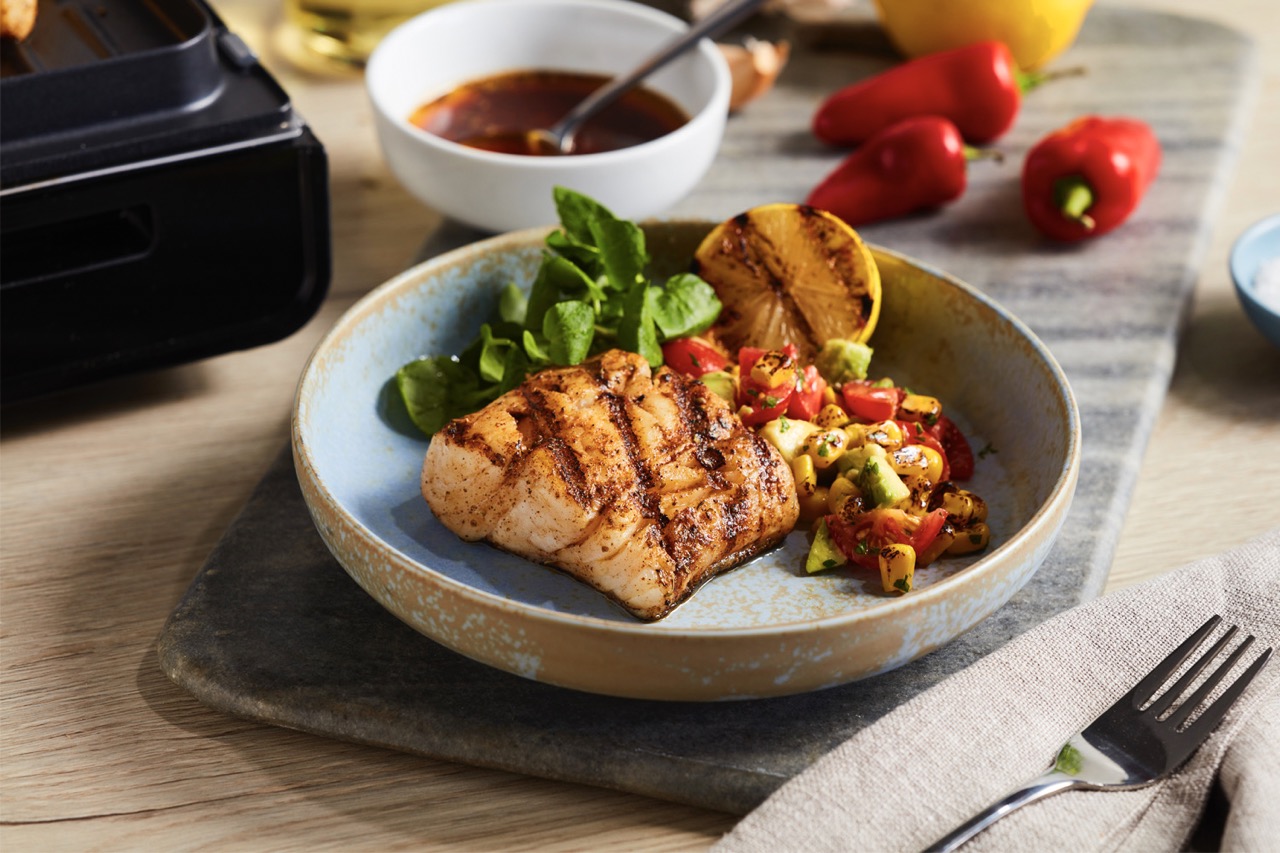
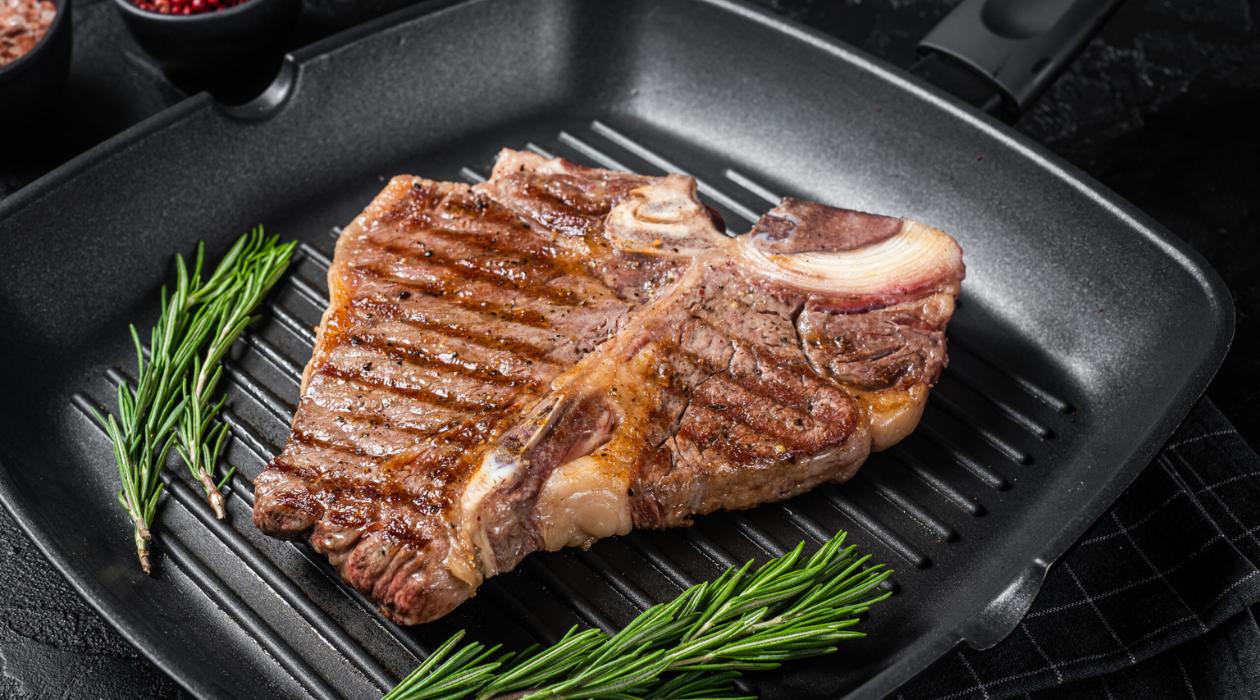
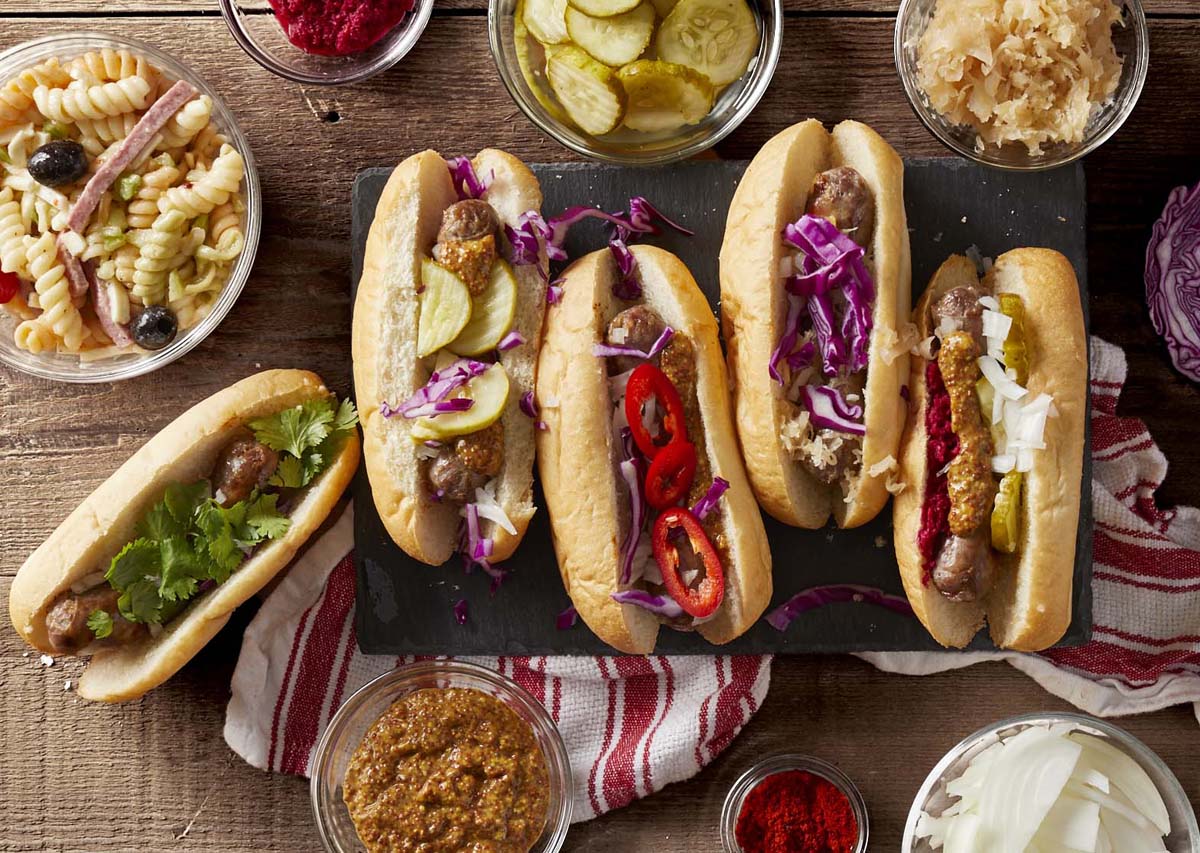
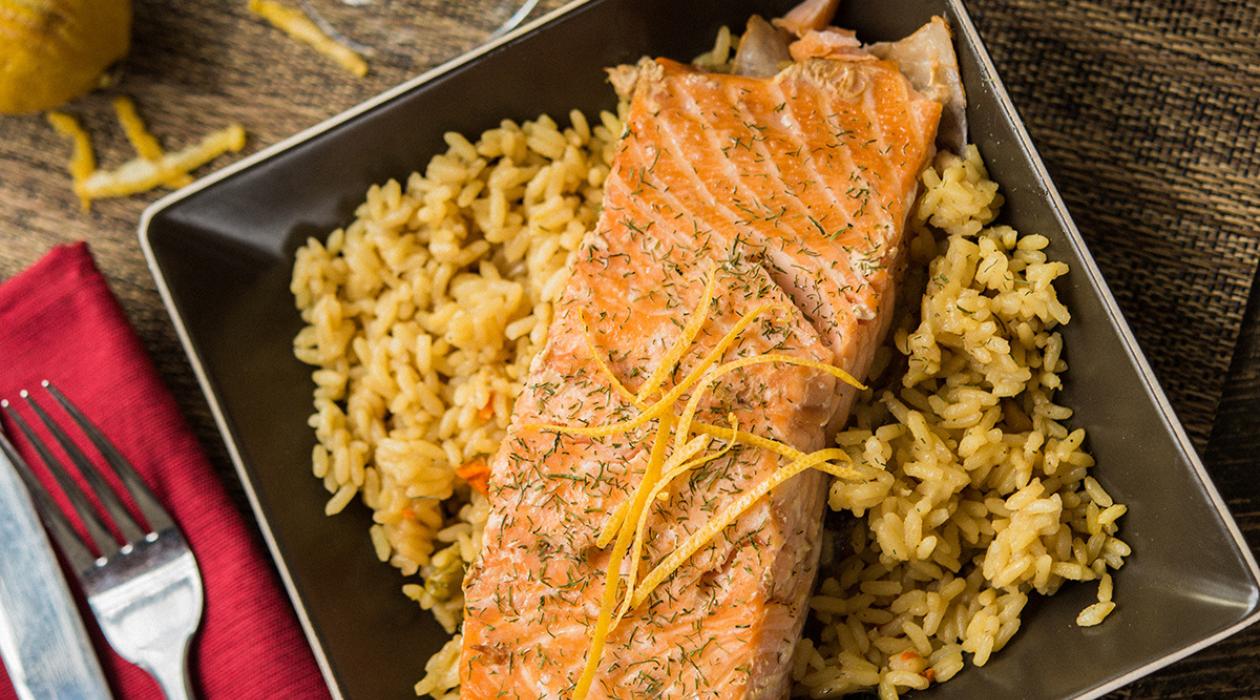
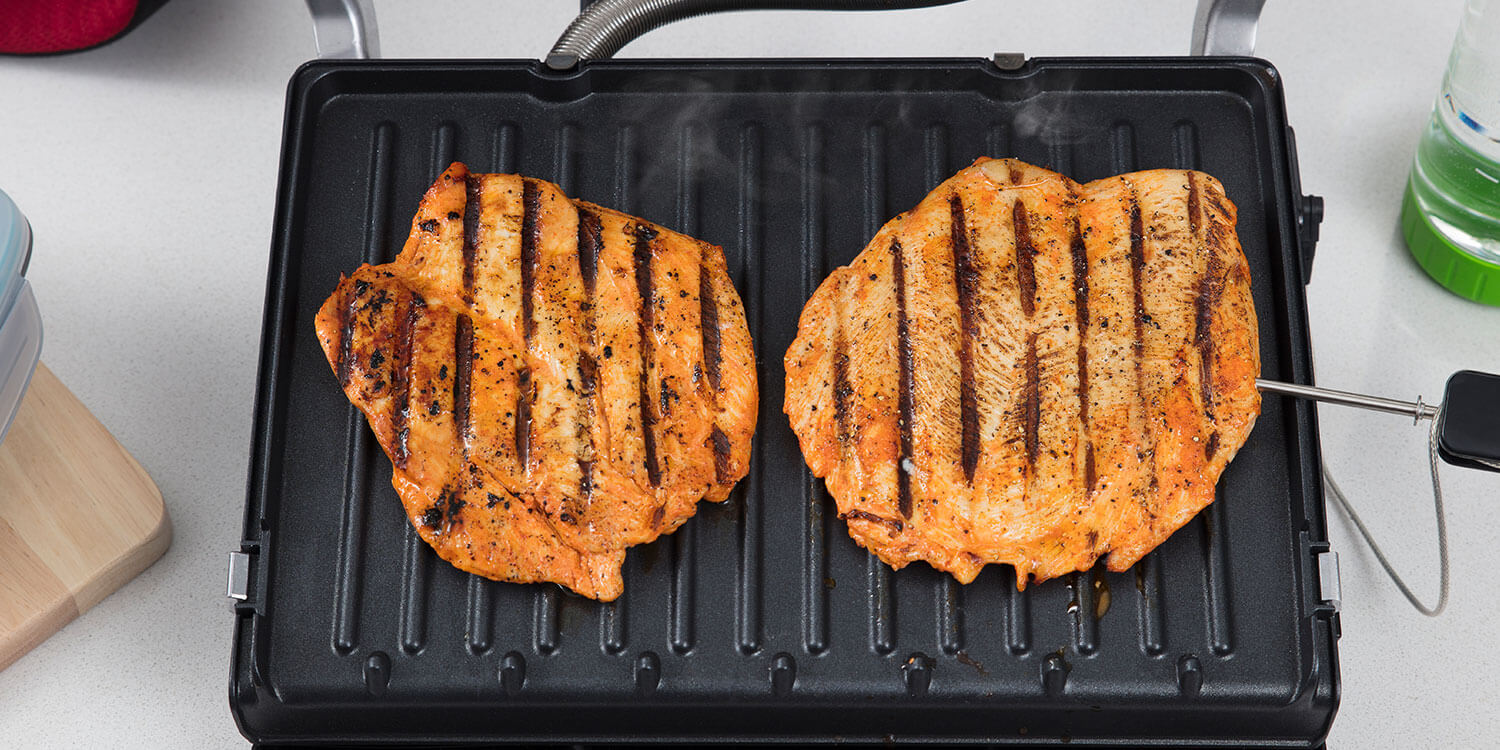
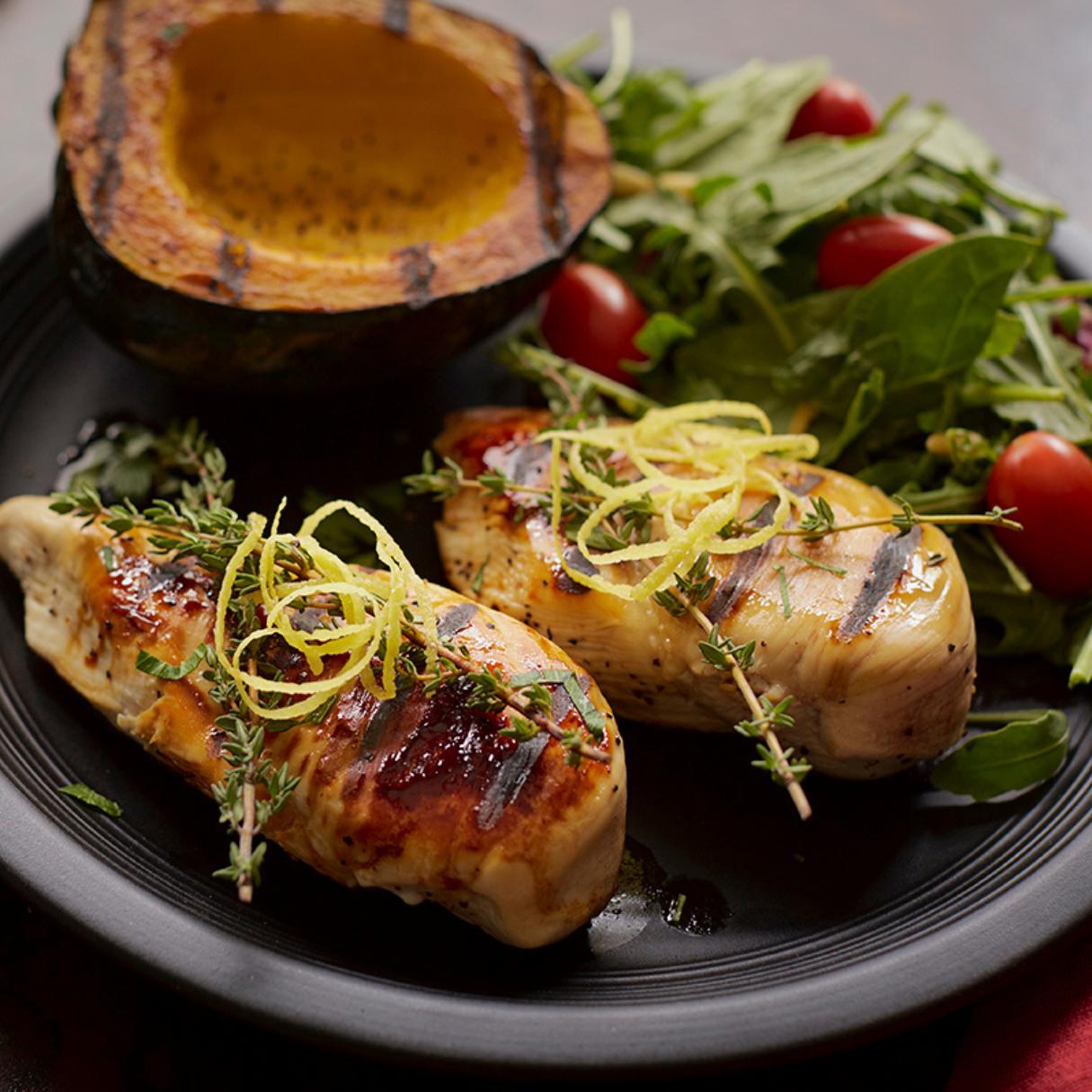
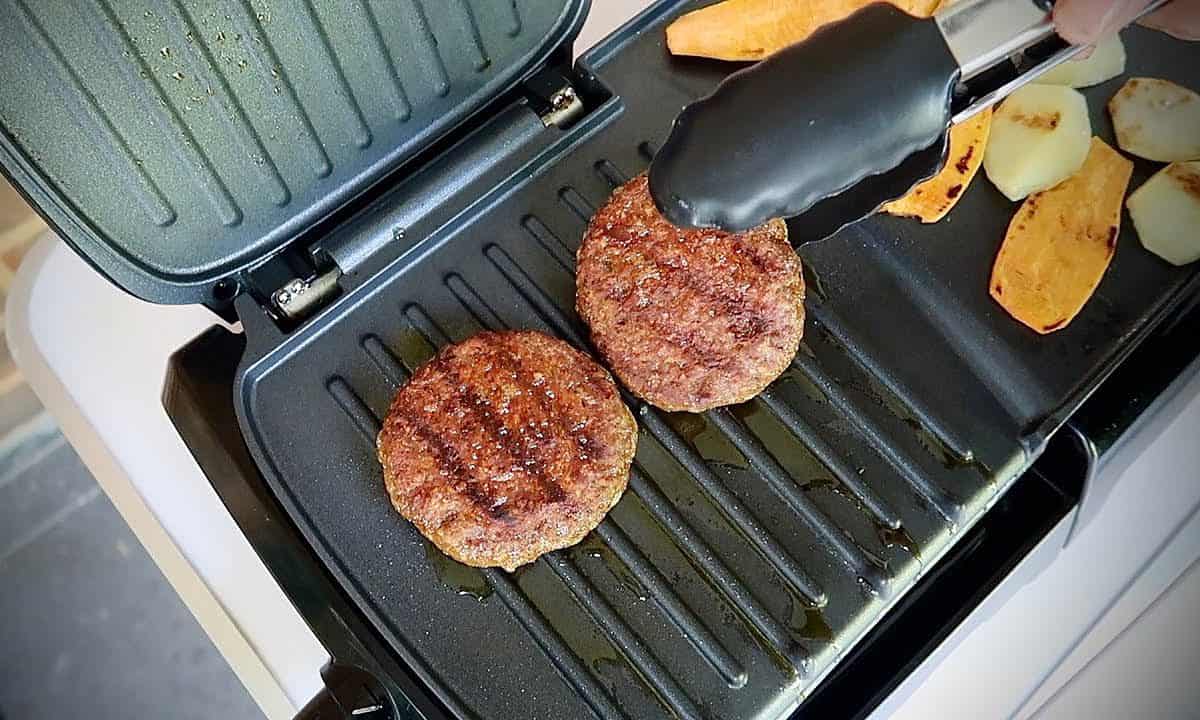
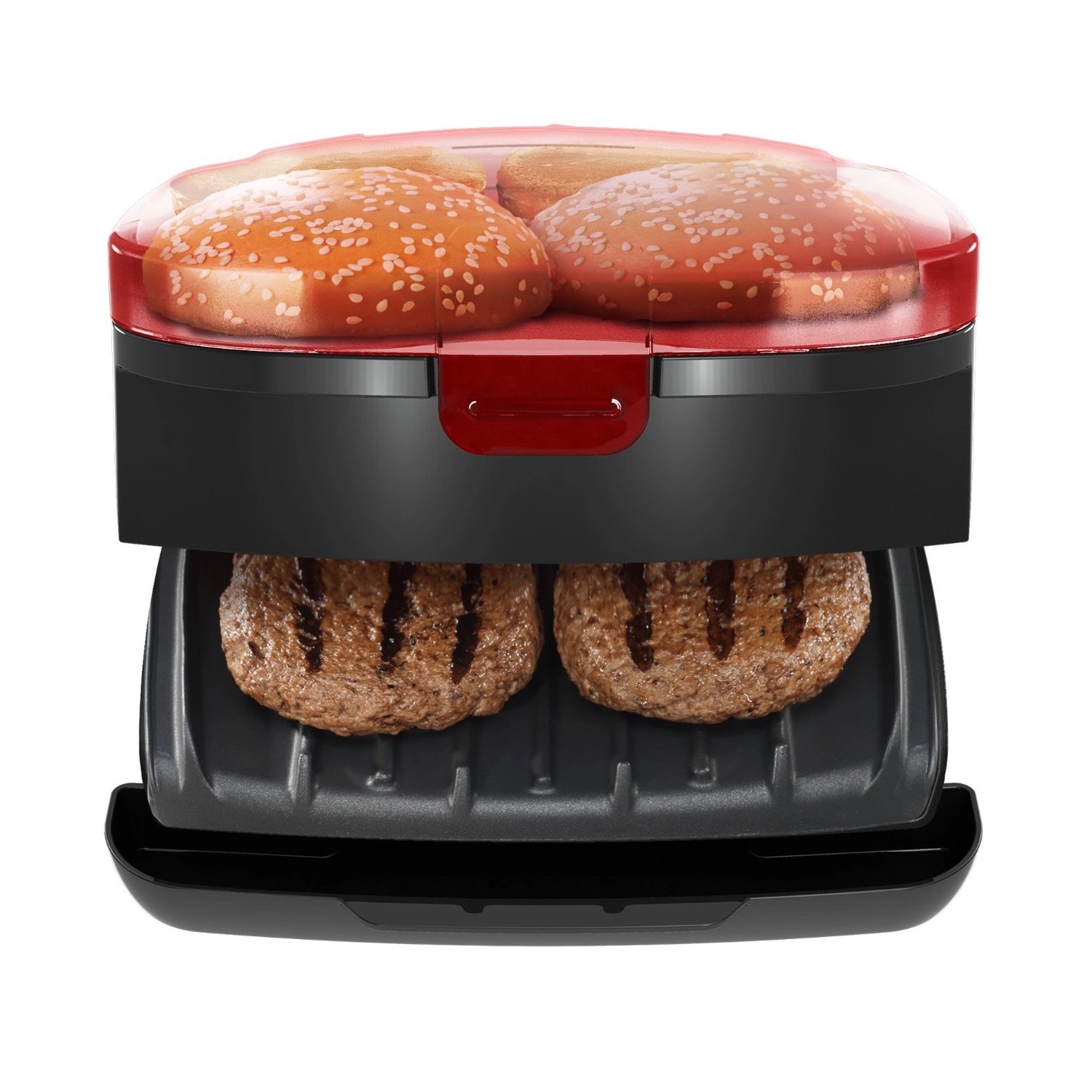

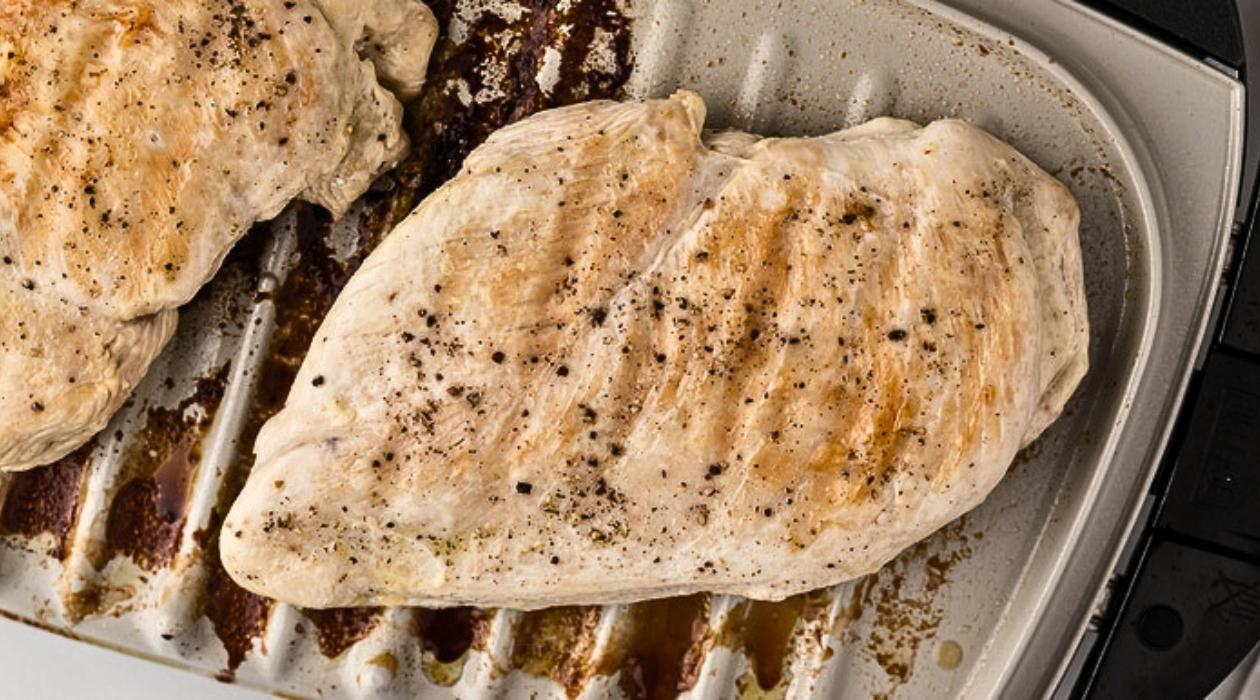
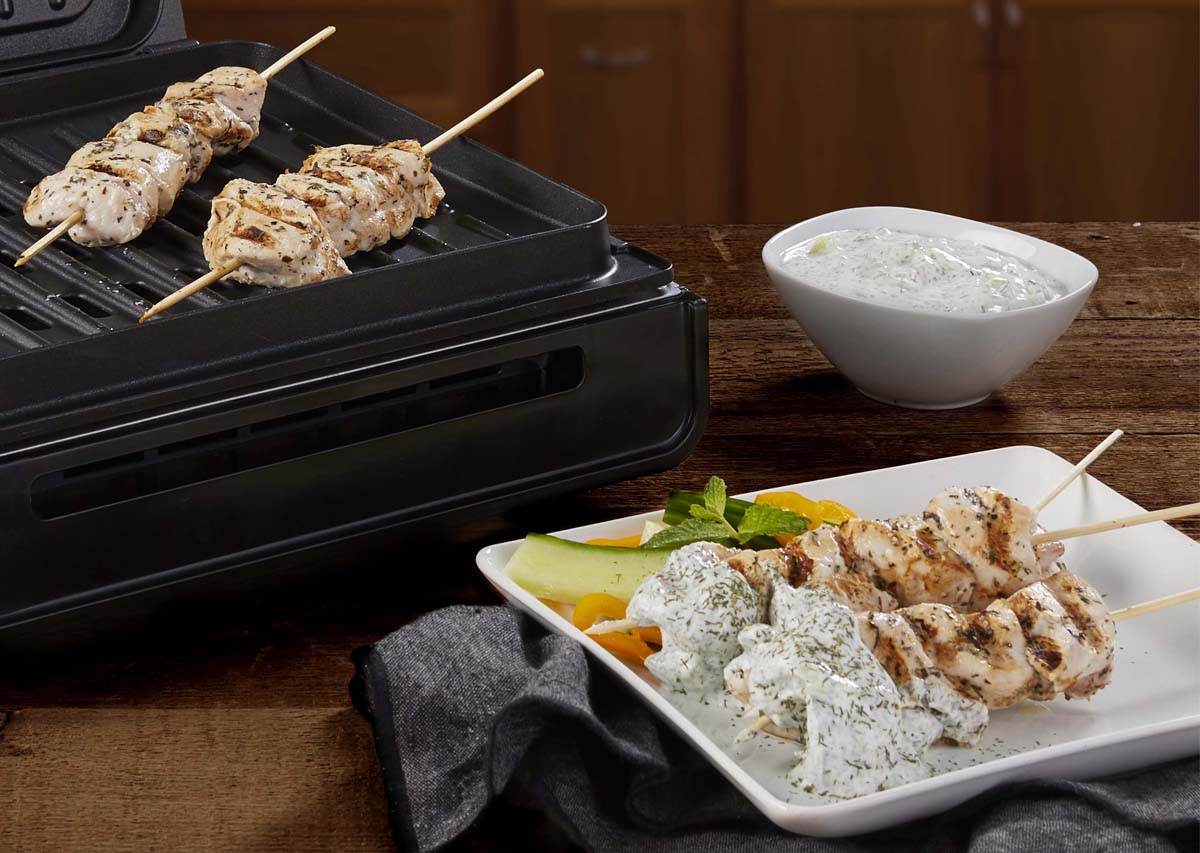
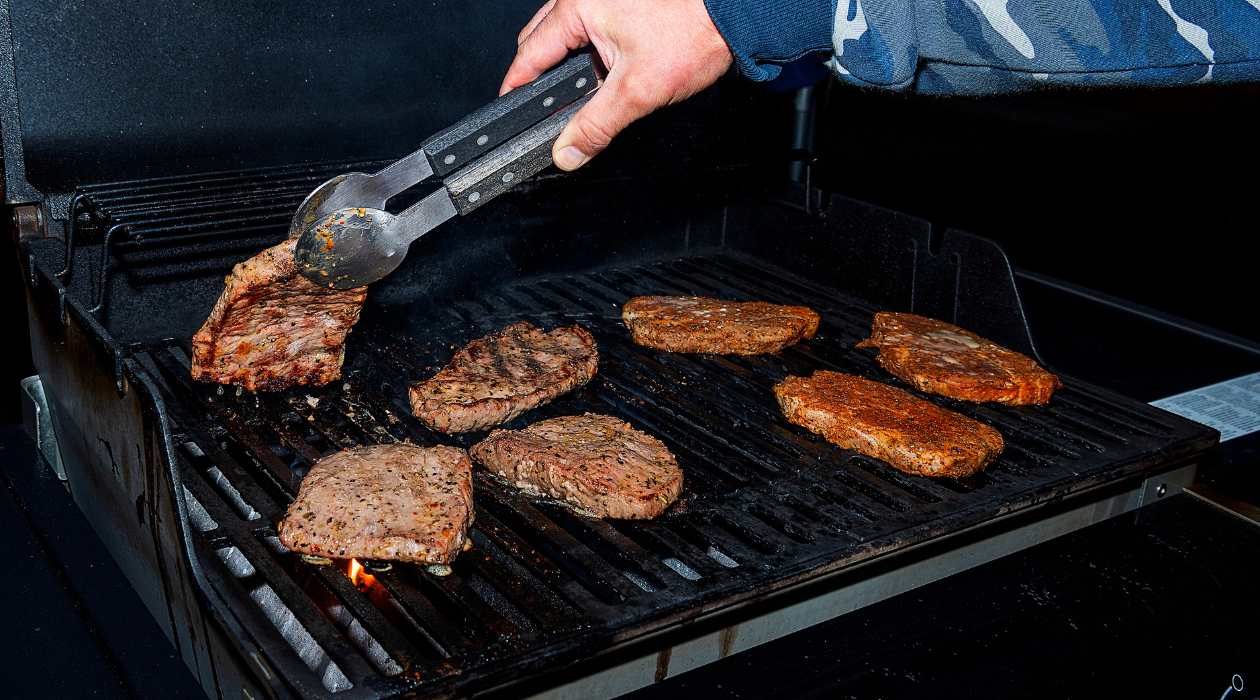
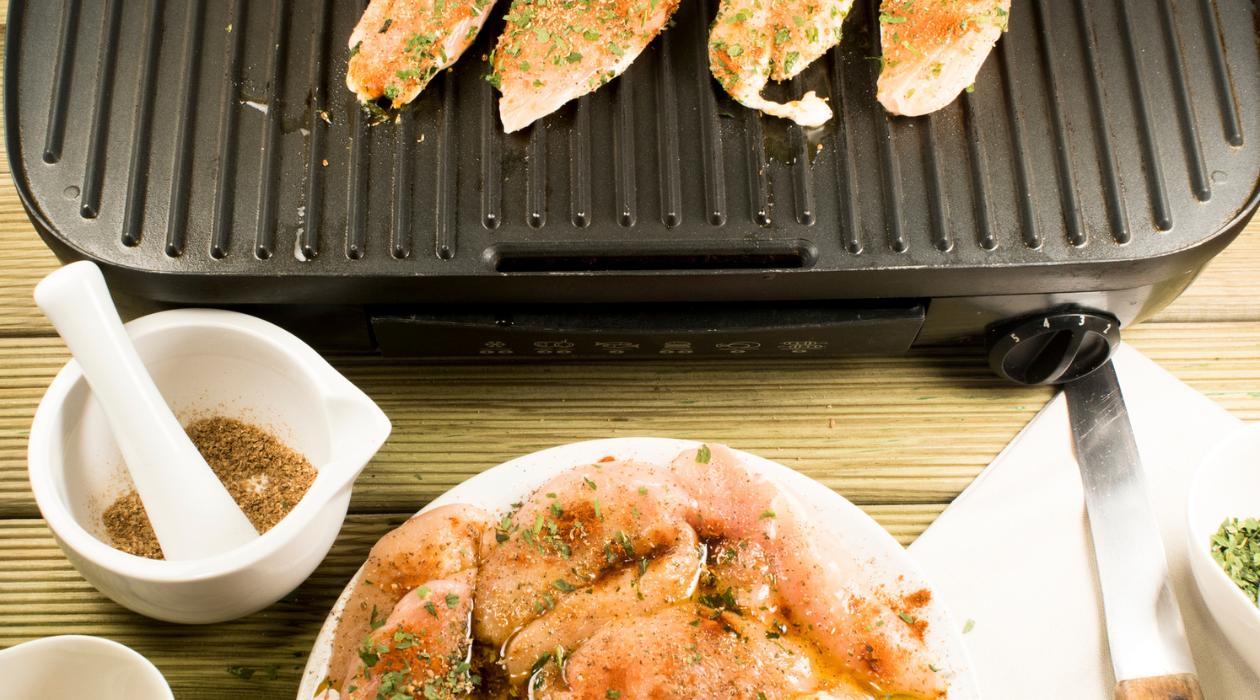
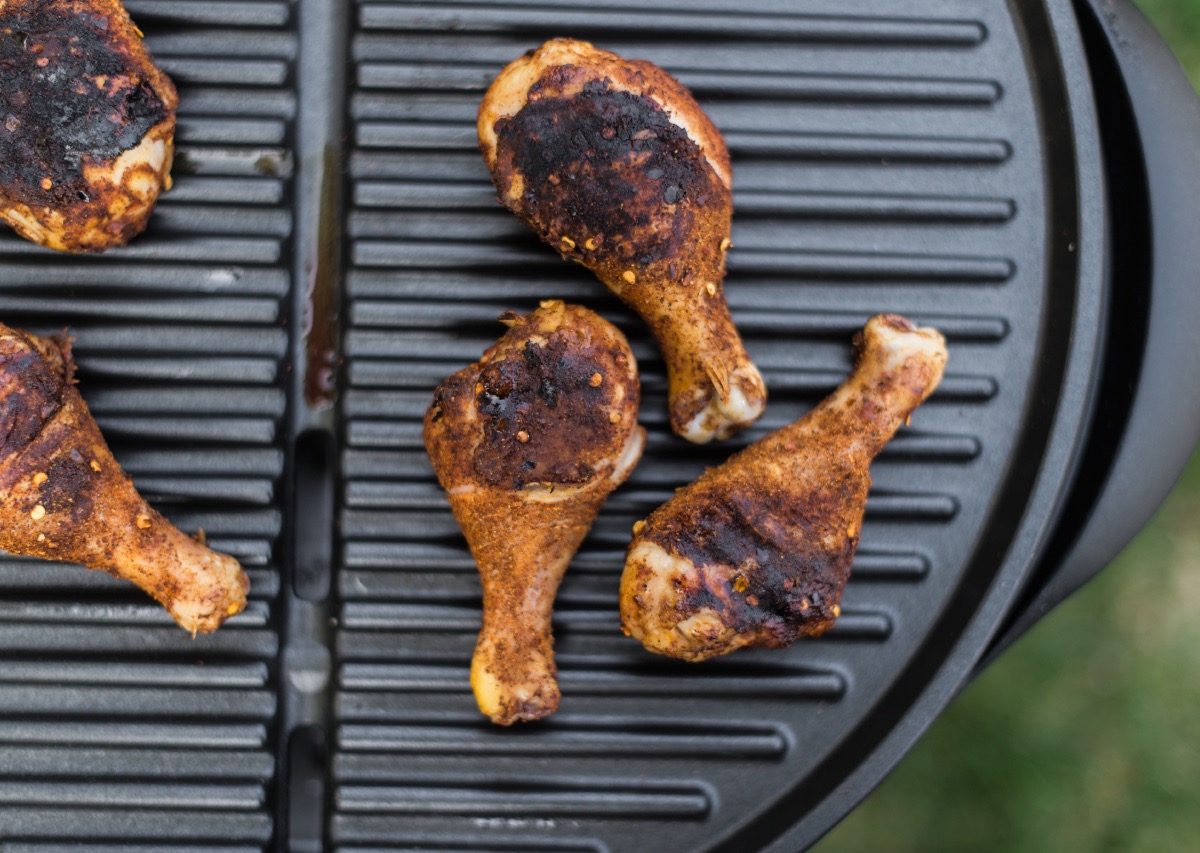

0 thoughts on “How Long To Cook Shrimp On George Foreman Grill”